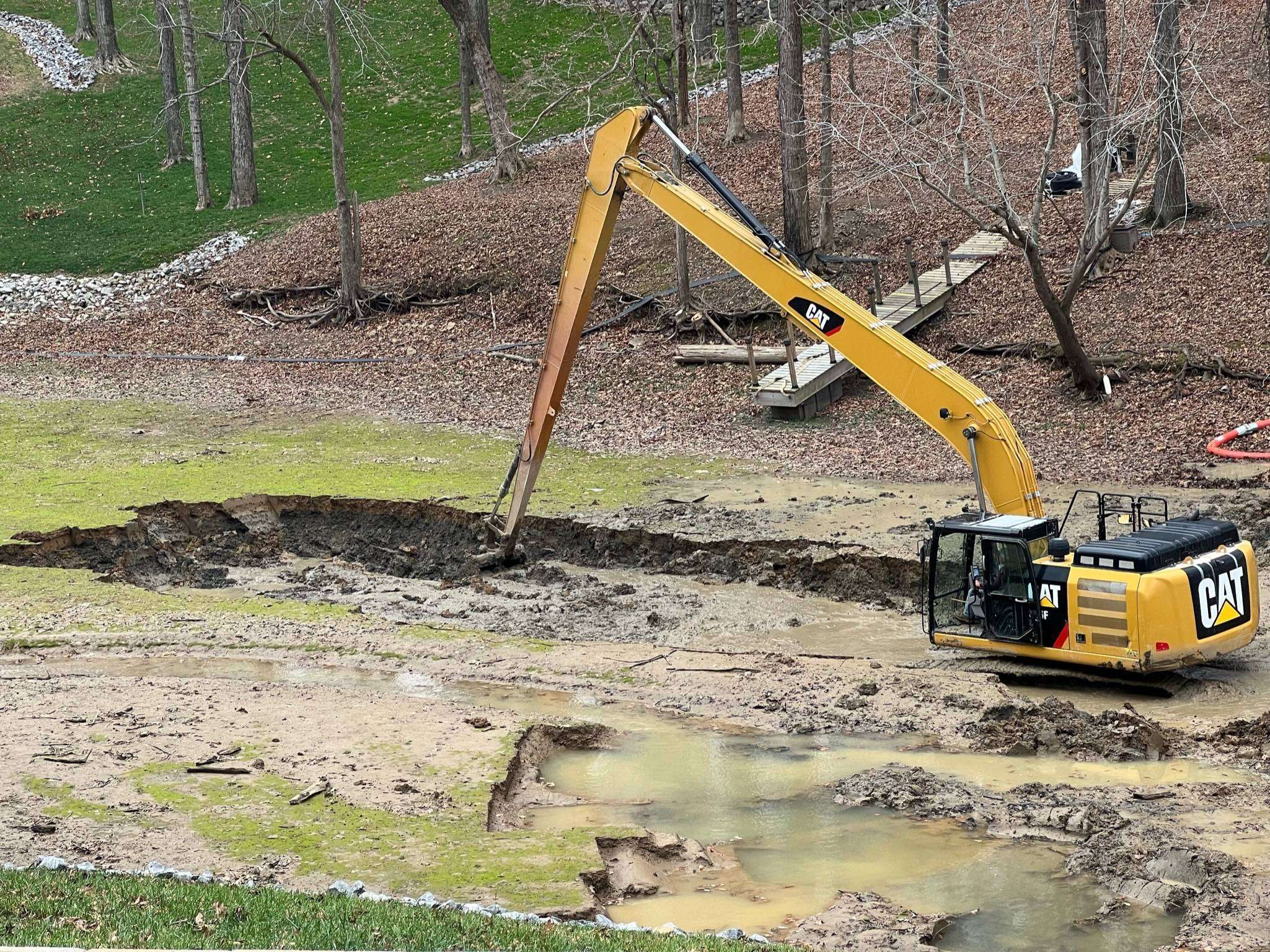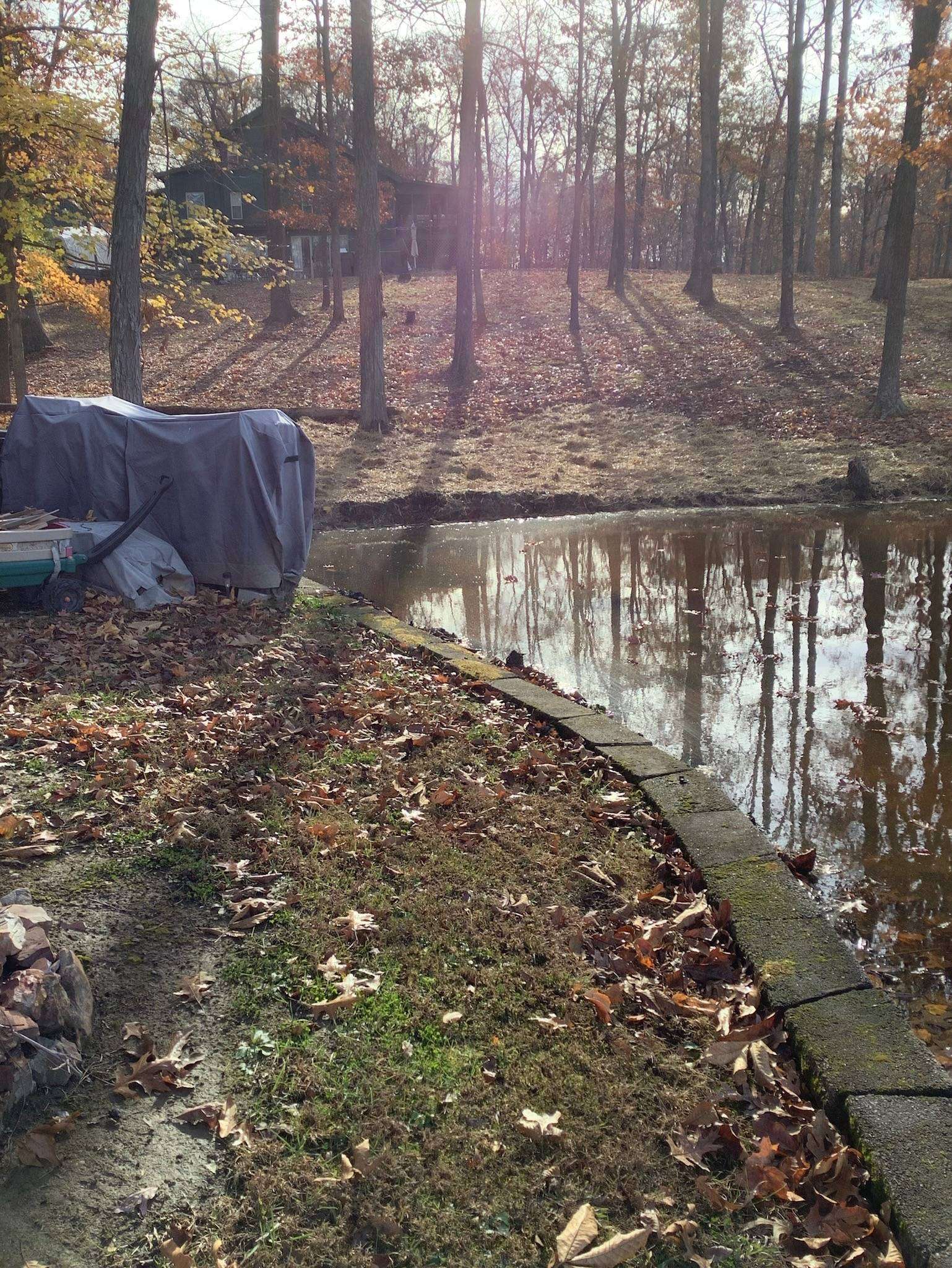Drainage problems can sneak up on you, but you can’t let them. Having an issue with drainage is no fun for anyone involved. One of the best ways to avoid drainage issues is initially tackling the situation. When you are building or installing your driveway, there are certain things you should take into account to help prevent issues in the future. If you have already installed your driveway, there are still measures you can take to ensure water moves where it needs to move and doesn’t cause any damage.
Angle Your Driveway
If your driveway is tilted, it can create drainage problems. The water will pool on one side of your driveway and cause issues with the footings. To avoid this, make sure you angle your driveway to slope away from the house. This will allow any excess water to run off into a storm sewer or other drainage system.
It’s also essential to keep your driveway clean so that there isn’t any debris that could easily clog up drains or prevent water from draining away from the surface. You can use a pressure washer every few weeks or so if needed to remove any dirt buildup on top.
Cover The Surface With A Gravel Layer
Driveways are usually made of concrete, but that doesn’t mean they can’t get damaged. The best way to prevent this is by covering the surface with a gravel layer, which will prevent water from seeping through the cracks and causing damage.
Build a Firm Foundation
The foundation of your driveway should be built firmly so that it does not shift over time or crack under pressure. To ensure this is done correctly, hire a professional contractor who specializes in driveways so they can build the foundation according to local building codes and standards.
Choose The Right Type Of Driveway
Concrete is the most common type of driveway because it’s strong and durable, and it’s also very affordable compared to other driveways such as brick or cobblestone. Concrete can be poured or stamped depending on what look you’re going for.
Some homeowners prefer stamped concrete because it looks like brick but is less expensive than brick pavers. Stamped concrete can also be dyed to match existing landscaping or patio furniture to blend in seamlessly with those items rather than standing out like pavers sometimes do. Concrete requires proper drainage so that water doesn’t pool around it during heavy rains or snowmelt, leading to erosion over time if not correctly cared for.
Water Barrier
Water barriers are commonly used to protect a driveway from water damage. They’re typically made of durable plastic or asphalt, and they help prevent water from seeping into the ground around your driveway.
Water barriers are designed to be installed around the perimeter of your driveway, where it meets the ground. There are two main types:
Asphalt-impregnated plastic is a pre-fabricated sheet placed on top of your driveway. It’s made from recycled materials and gives some so that it won’t crack during cold weather. This barrier can also be installed over existing gravel or concrete slabs with some modification.
Protective membranes include rubber sheets and geotextiles (a woven fabric that allows water to pass through while preventing small particles from entering). These materials are typically installed directly over an existing concrete slab, but they can also be used with other methods like asphalt or tar paper.
Contact The Professionals
The best way to handle drainage issues is to prevent them by opting to upgrade your soil type and prep the area before pouring concrete.
Contact Supreme Enterprises LLC for the best solution for your specific property.











